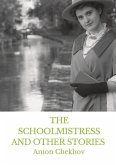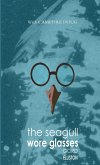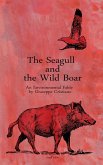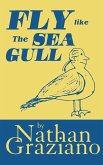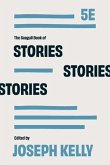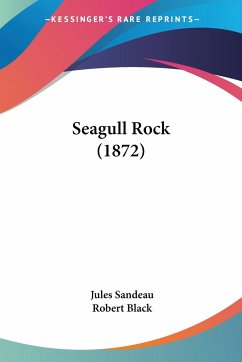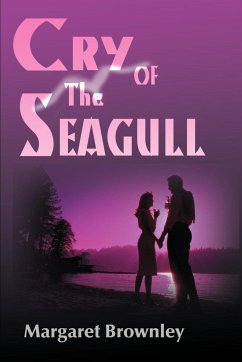Illustrated Edition: Features 20 stunning illustrations, capturing key moments of the play. Includes a Detailed Summary: A comprehensive and engaging summary that enhances understanding of the play. Character List: An in-depth list of characters, providing insights into their roles and relationships. Author Biography: Learn about the life and times of Anton Chekhov, giving context to this classic work. Immerse yourself in the timeless classic, "The Seagull" by Anton Chekhov, now presented in a captivating illustrated edition. This masterpiece, a cornerstone of Russian theatre and a gem of world literature, comes alive with 20 exquisite illustrations that vividly bring the characters and scenes to life. "The Seagull" is a play of unrequited love, artistic ambition, and the bittersweet complexities of life. Set against the backdrop of a Russian country estate, it weaves a tale of characters grappling with love, loss, and the elusive nature of happiness. The play explores the intertwined fates of Konstantin Treplyov, a young playwright striving for literary success and the affections of Nina Zarechnaya, a beautiful aspiring actress. At the heart of their story is a struggle between the suffocating grip of old traditions and the daring allure of new artistic forms. This edition not only brings you Chekhov's original text but also enriches your reading experience with a comprehensive summary, providing a deeper understanding of the narrative and themes. The character list offers a detailed look into the lives of the characters, adding layers to their personalities and relationships. To complete your journey into Chekhov's world, the edition includes a biography of the author, giving context to his work and life. Perfect for both admirers of Chekhov and newcomers to his work, this illustrated edition of "The Seagull" is a treasure to behold. It promises not just a reading experience but a visual and emotional journey into the heart of a literary classic. Discover the timeless beauty and depth of Chekhov's world in this unique and beautifully crafted edition.
Bitte wählen Sie Ihr Anliegen aus.
Rechnungen
Retourenschein anfordern
Bestellstatus
Storno



